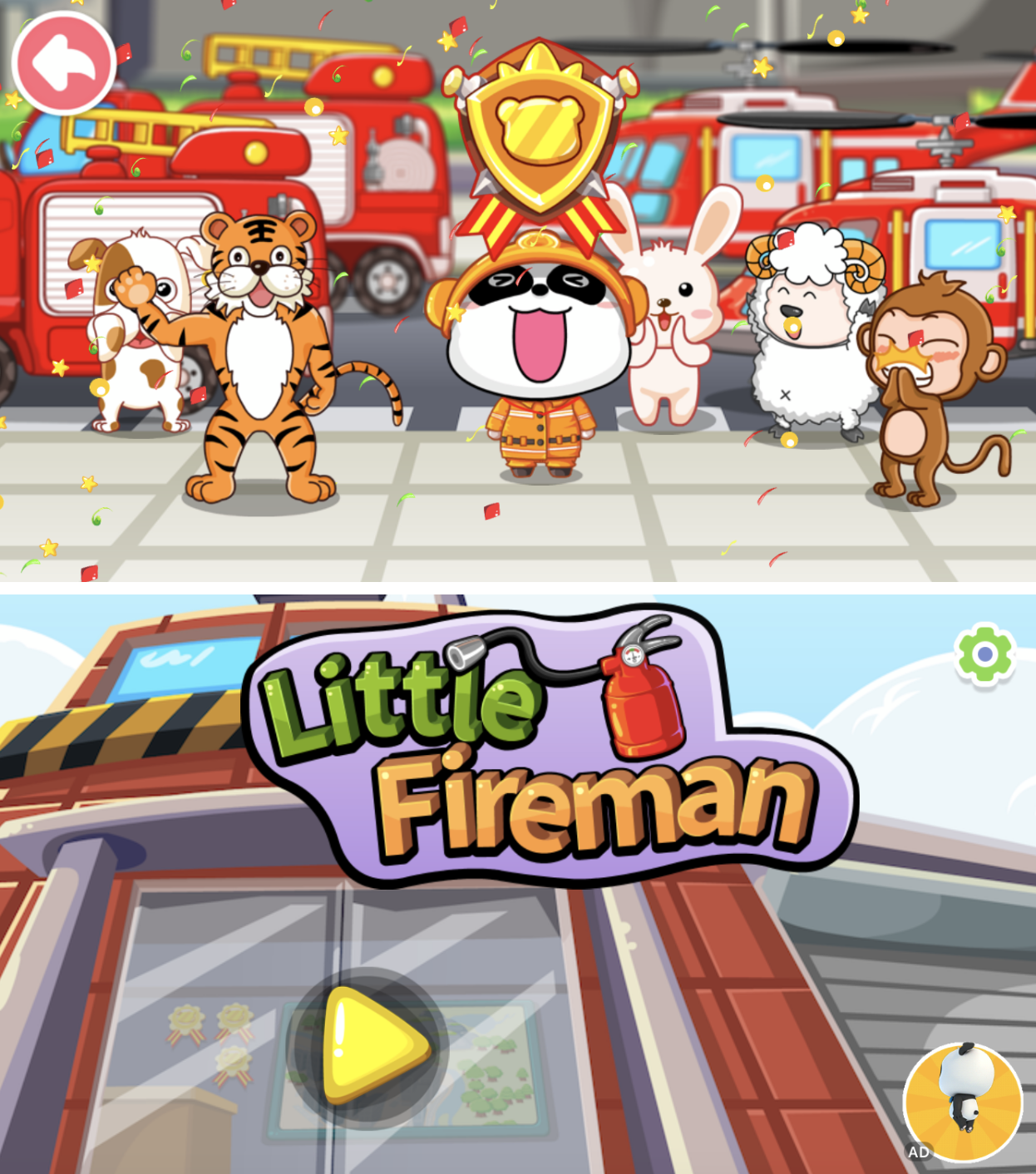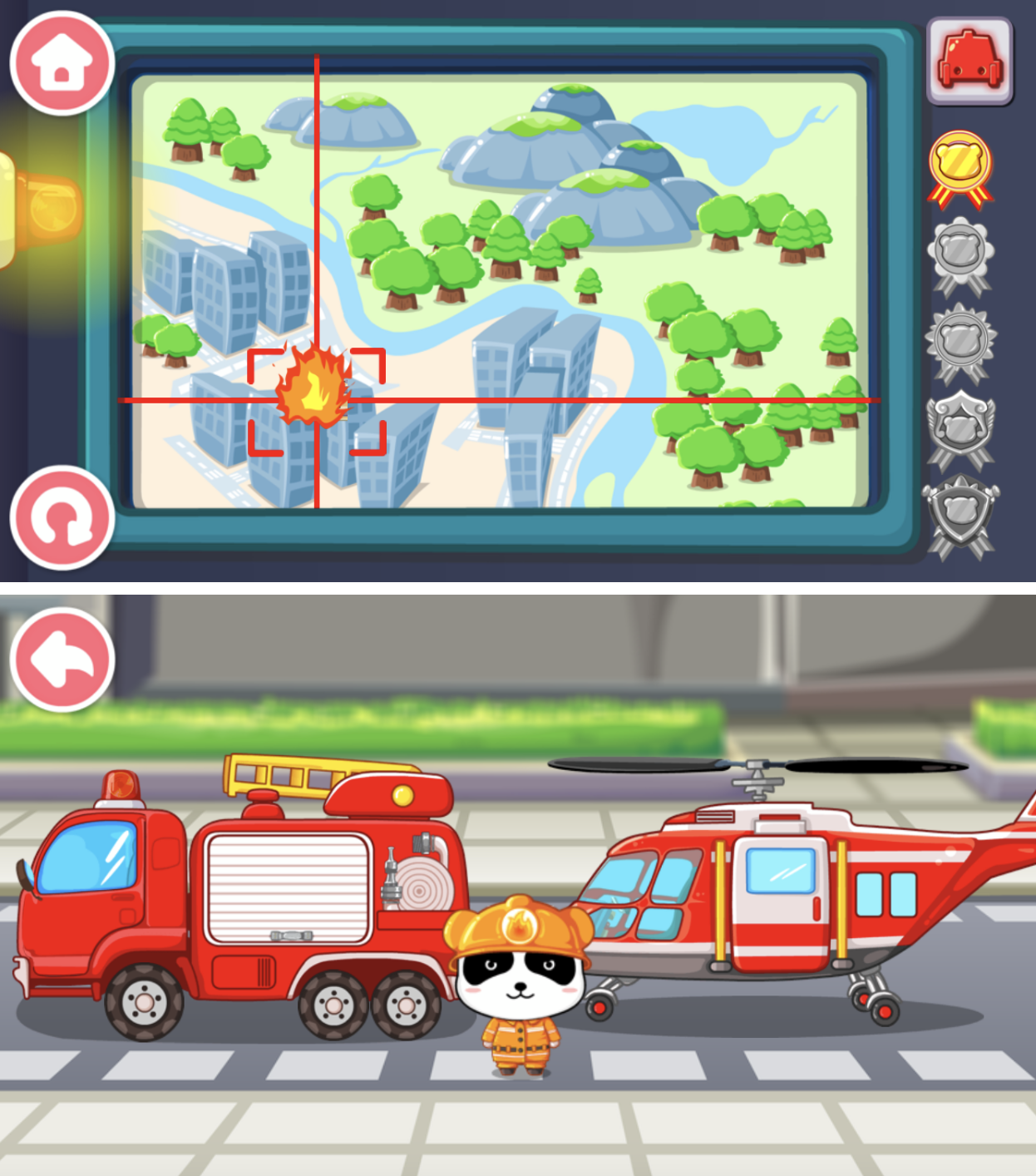Welcome to Pixalate’s CTV & Mobile App Manual Reviews According to COPPA, a series containing the detailed factors the Trust & Safety Advisory Board educators used to assess an app’s child-directedness.
The educators manually review thousands of mobile apps available in the Google Play & Apple App Stores as well as connected TV (CTV) apps from the Roku Channel Store and Amazon Fire TV App Store using the COPPA Rule factors shown below & make those results available to the public at ratings.pixalate.com.
This post takes a look at a game which is available from the Google Play & Apple App Stores. Our reviewer discusses how the subjective factors set forth in the COPPA Rule apply to the app and factor into the reviewer's determination as to whether the app is child-directed or general audience (i.e., it is not targeting children).
Manually reviewed in this post
The 10 COPPA Rule factors
The teacher will indicate the factors they relied upon in their assessment using the 10 factors shown below that reflect the 10 child-directed factors in the COPPA Rule.

Reviewed by: Tabitha Walker

Manual Review: Little Panda Fireman
Likely audience after manual review


- Google Developer: BabyBus
- Apple Developer: BABYBUS CO.,LTD
- Google Bundle ID: com.sinyee.babybus.fireman
- Apple Bundle ID: 951391613
- Privacy Policy
- Tabitha’s Take: Players help an animated panda fight house and forest fires.
COPPA factors used to determine audience

Little Panda Fireman is a simple game that allows players to help Panda extinguish house and forest fires. The Panda receives a call about a fire and players must rush to the site in a fire truck or helicopter. They can put up the ladder on the firetruck or drop down a ladder from the helicopter to rescue any animals trapped by the fire. After saving everyone, it is time to use a hose to extinguish the house fire or drop water from the helicopter onto a forest fire.
 and
and 
Visually this app is very appealing to toddlers and young children. The various animals are all overly cute with exaggerated facial expressions and reactions. The simple background and bright red firetrucks help focus attention on the various interactions with the app that help fight the fire. Animations such as hooking up water hoses and animals climbing up and down fire ladders all ensure that even the youngest player is engaged with the app.

Most of the language within the app is verbal, setting the expectation that most players are not able to read. The instructions use simple language and are spoken slowly. Animations and flashing objects often accompany the verbal instructions to indicate what players need to click and interact with. This makes it simple, even the youngest users are able to independently interact with the app.

The playful background music is very child-like. There are numerous sound effects within the app, such as firetruck sirens and crackling flames.

Sparkles dance across the screen when an individual task is complete, such as raising a ladder. Once the fire is out the characters cheer and applaud the player. Phrases such as, “you are our hero” can be heard while confetti is shot off and a medal is awarded.

Buttons on the home screen advertise other BabyBus apps. Video ads are displayed between levels for mixed audiences and child-directed apps. Banner ads are also occasionally displayed across the top for a variety of general audience items and services. These banner ads are not always child-friendly advertising.
 and
and 
Little Panda Fireman is rated E in the US Google Play Store, PEGI 3 in the European Google Play Stores, and 4+ in the Apple App Store. This audience is reflected in the app description which describes the app as a “child-friendly roleplaying game.”
There are limited reviews of the iOS app to determine the audience composition. However, the reviews on the Google Play Store seem to be primarily written by parents about their children playing the game. A few reviews in the Google Play Store are also written by kids themselves.
Privacy
According to the privacy policy, which was last updated on August 16, 2022, BabyBus strives to be COPPA and GDPR-compliant. They collect non-personally identifiable data; such as IP addresses, device information, and country or city-specific location information. They do not sell any personal information but do share information with third-party advertisers and other affiliates.
Screenshots of Little Panda Fireman



About Pixalate’s Trust & Safety Advisory Board
Pixalate’s Trust and Safety Advisory Board was created to bring in individuals with experience using child-directed apps in the classroom to review and assess which apps are child-directed. This manual review process serves to quality check Pixalate’s automated review process. See our full methodology for more information.
Disclaimer
This blog post published by Pixalate is available for informational purposes only and is not considered legal advice. By viewing this blog post, the reader understands and agrees that there is no attorney-client relationship between the reader and the blog publisher. The blog should not be used as a substitute for legal advice from a licensed professional attorney in the applicable jurisdiction(s), and readers are urged to consult their own legal counsel on any specific legal questions concerning any specific situation. The content of this blog post reflects Pixalate's opinions with respect to factors that Pixalate believes may be useful to the digital media industry. Pixalate's opinions are just that, opinions, which means that they are neither facts nor guarantees; and this blog post is not intended to impugn the standing or reputation of any entity, person or app, but instead, to report findings pertaining to mobile and Connected TV (CTV) apps.










